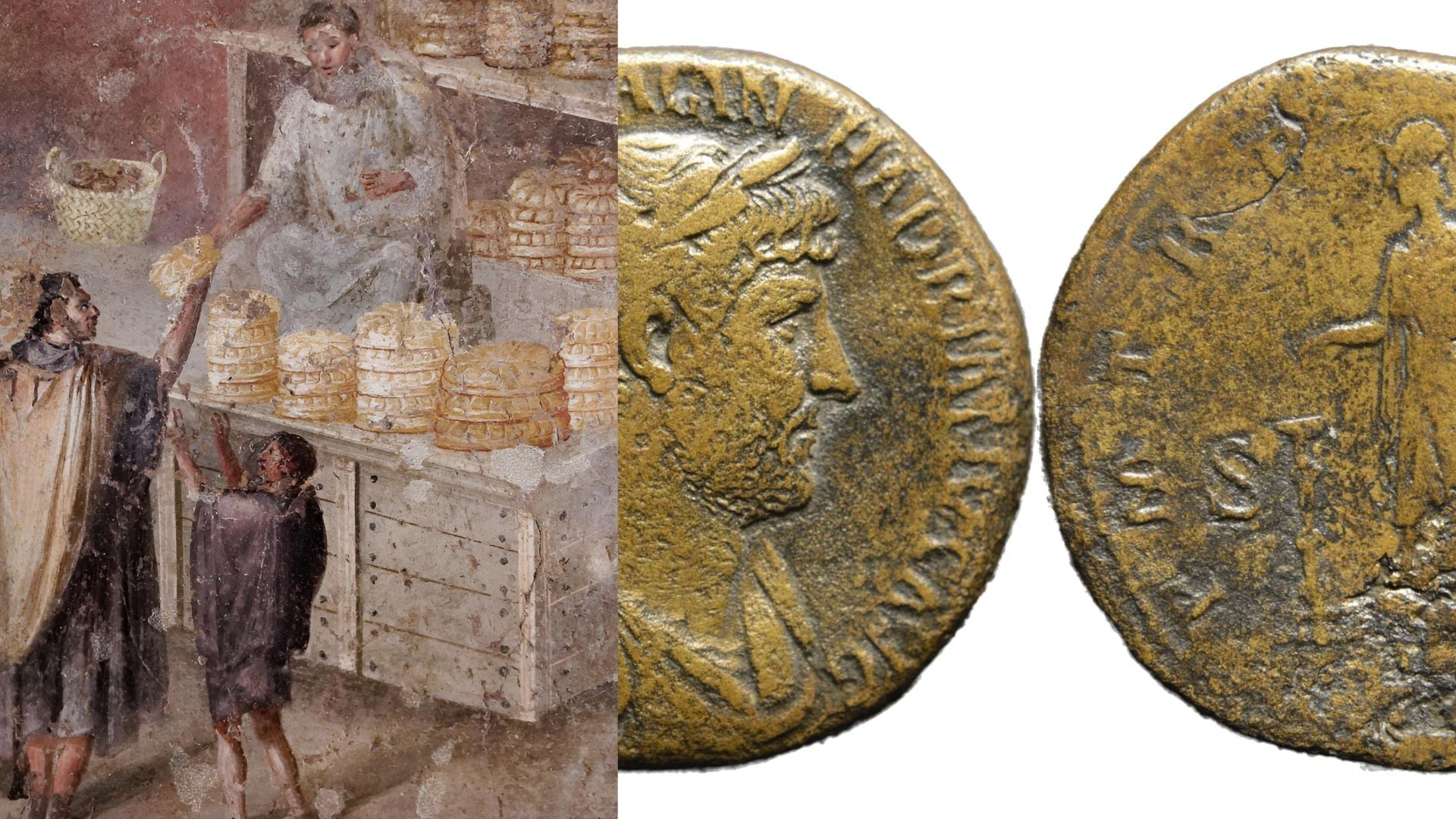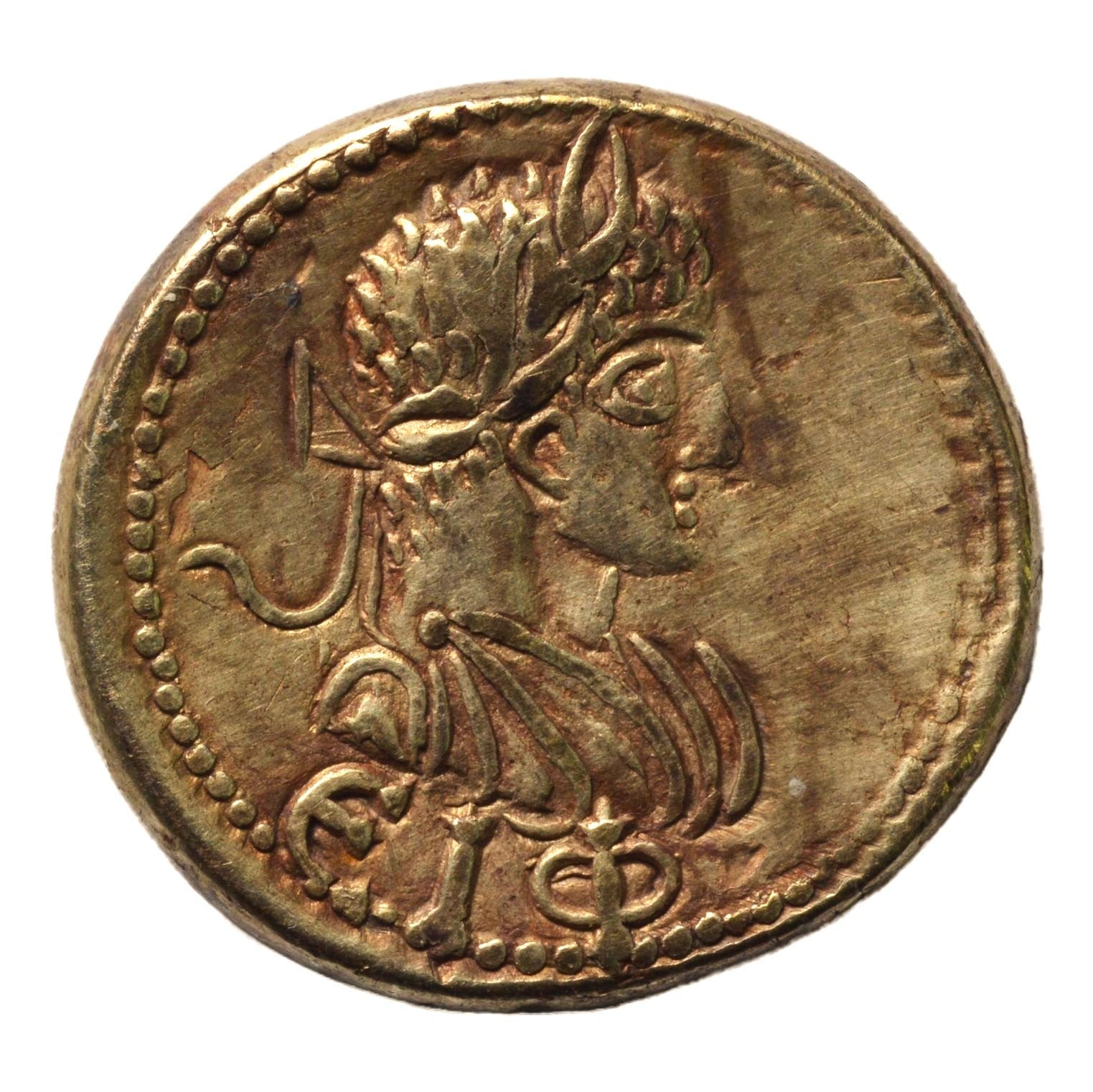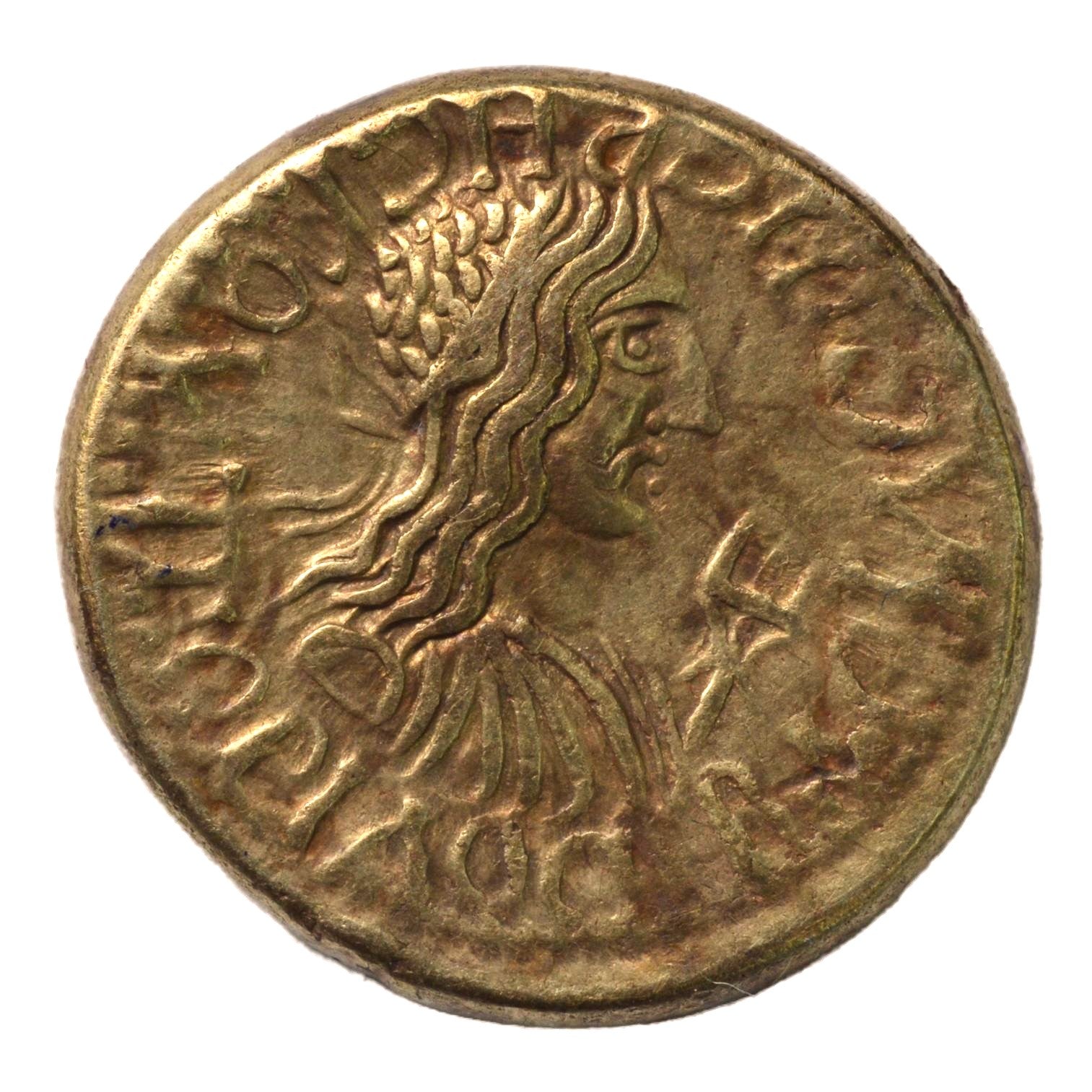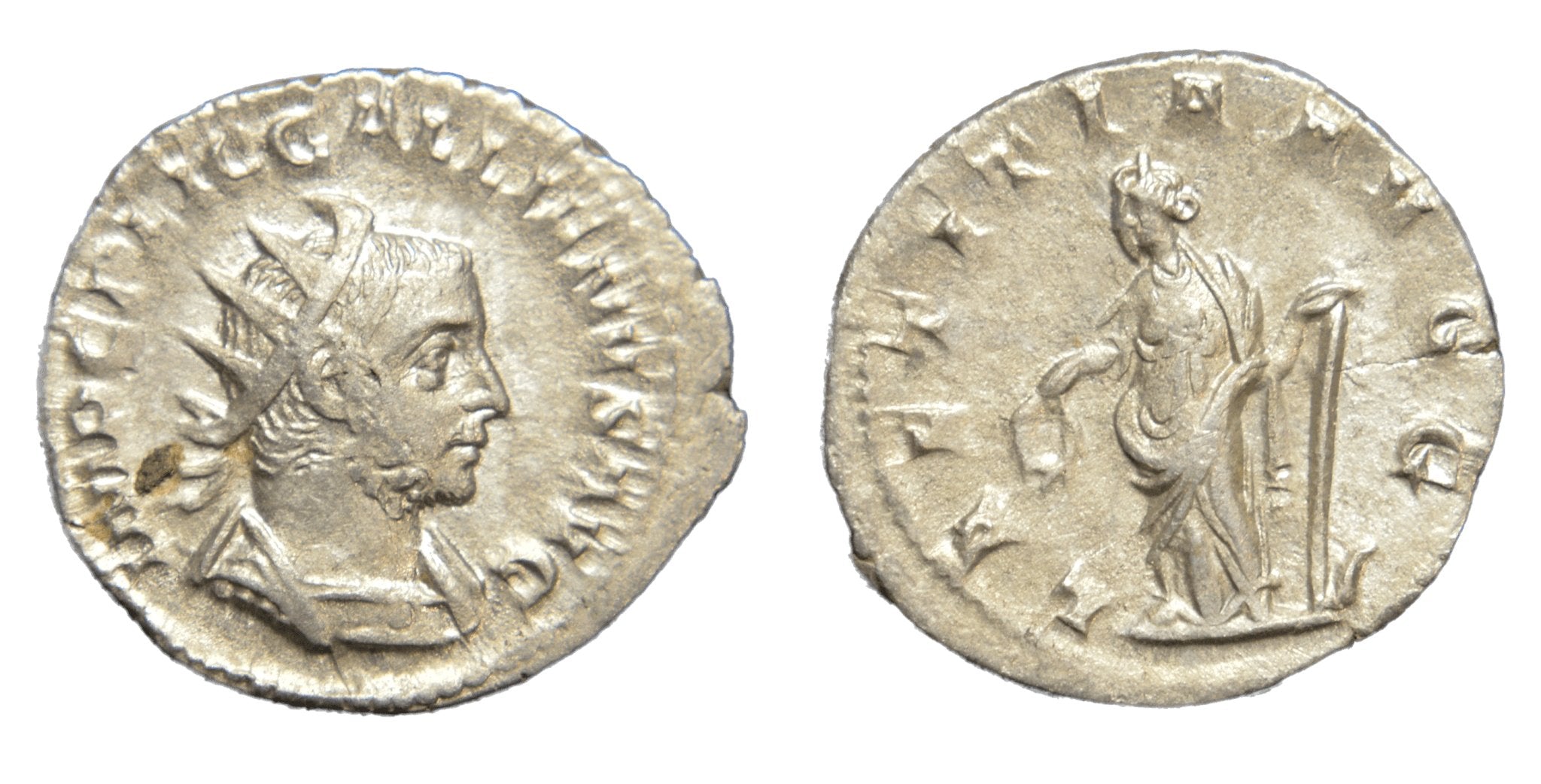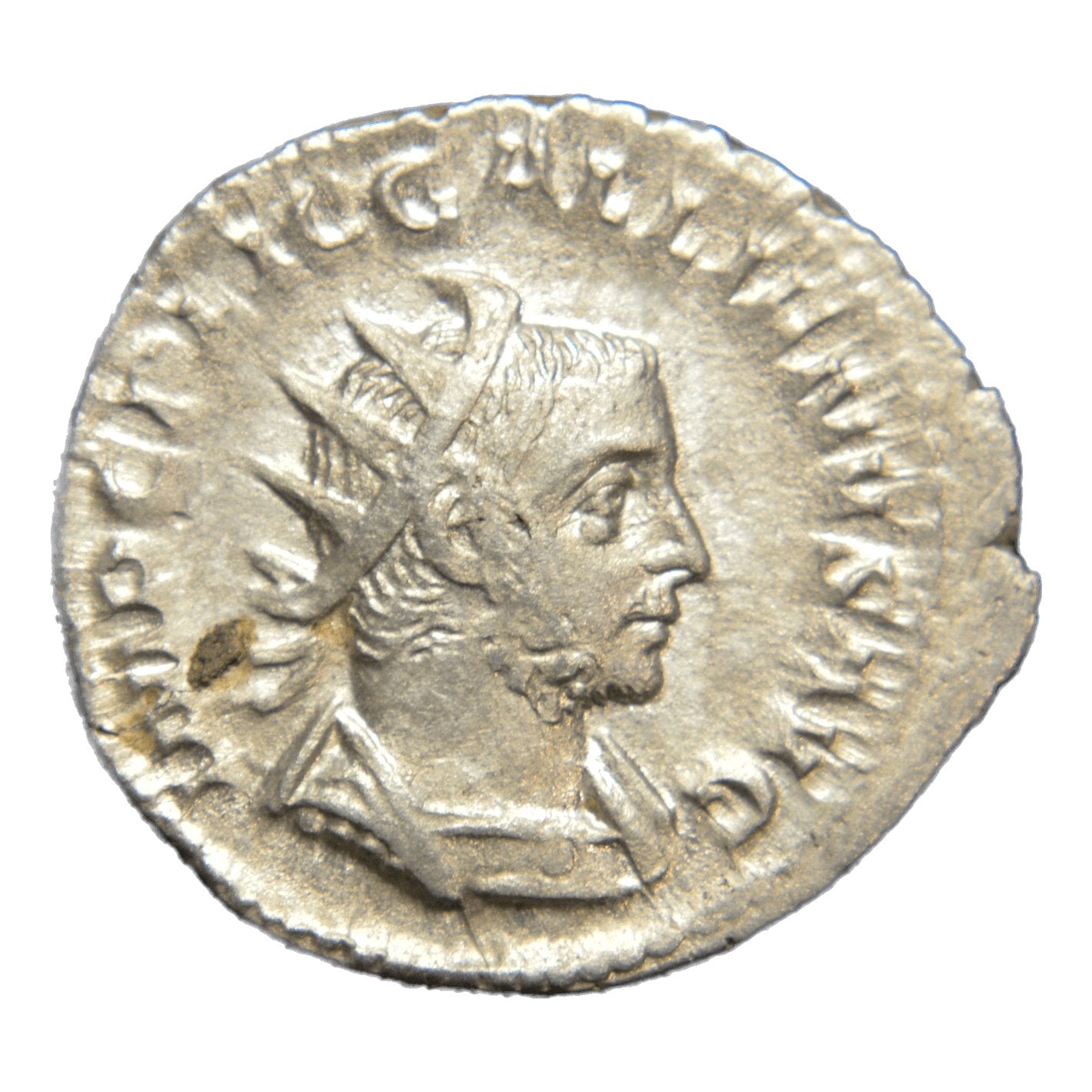Ancient Rome was famous for its widespread prosperity and complex economic systems.
Based on its famous wealth, you may be wondering: how rich really were the Romans? That is – how much money were they making?
Thankfully, the Romans wrote a whole lot down for us to find millennia later. Let’s take a trip to the Roman marketplace to figure out what kind of salary we could have earned as professionals in Rome – and what kind of fun stuff we could have bought with our hard-earned coinage.
The Roman Marketplace

So how exactly did the Roman economy work?
When it comes to the labor market, it should be noted that slavery played a major role in the prosperous Roman economy. But free labor generally dominated the market, since there were far more paid workers throughout Rome than there were slaves.
As sad as it is, an unskilled slave could cost between 500-100 as. A musician, might be as much as 15,000 as, while a very attractive slave, might cost as much as 95,000 as.
For free laborers, wages fluctuated based on market dynamics of supply and demand. For example, when a plague outbreak would kill large portions of the population, wages increased because there were less workers available.
Laborers in ancient Rome had tons of employment options. There were farmers, builders, craftsmen, lawyers, soldiers—the list goes on.
Some workers in ancient Rome earned daily wages, while others were salaried with long-term contracts—very long-term in some cases, with many laborers serving for life.
For example, in Roman Egypt, there were two types of workers on the estate of Appian of Alexandria:
- “Permanent employees” were given an opsonion, which was a monthly sum paid in a combination of coinage, wheat, and oil.
- “Occasional employes” were paid misthos, or “wages,” a more irregular allowance based on occasional work.
Craftsmen could sell their goods at market and also establish long-term economic and social relationships with customers, just like in the modern day. People working for influential members of society, like senators, could earn social advancements in addition to their wages or salaries. Evidence of labor contracts exist, too, with one example stating a requirement of “healthy and vigorous labor” to the employer and a fee of five sesterces deducted per day not worked.
Agriculture was the backbone of the Roman economy, and most of the labor being done in ancient Rome was farm labor.
This massive work force was at the bottom of the wage hierarchy, getting paid very little in comparison with the elites of society. Skilled service workers (who were usually employed by the societal elite) were somewhere in the middle of this pay spectrum.
Money, Money, Money

The question remains: what exactly were these workers paid with?
The base of this answer revolves around coinage. Coins were typically made out of gold, silver, copper, or bronze. The main coins in circulation were the silver denarius, the brass sestertius or sesterce (which was worth 1/4th of a denarius), and the copper assarius or as (worth 1/16th of a denarius).
It often occurred that wages—and even taxes—were paid in some combination of coinage and important resources like wheat.
Diocletian’s (Not So Popular) Edict
During his rule, Emperor Diocletian decided to finally take a stand against the rampant inflation that had been building for decades in the Roman Empire.
And how did he attempt to curb the increasing prices?
One of the more ineffective methods he chose was to set maximum prices on, well, pretty much everything.
In 301 A.D., Diocletian released his Edict on Maximum Prices, a comprehensive list of goods and services in the Roman economy (over 1,200 in total) and the official maximum price that could be charged for each.
Lucky for us, this list included salaries!
Although Diocletian’s infamous edict was ignored pretty much as soon as it was established, it provides us with valuable information about the ancient Roman economy and the lives of everyday people in everyday professions.
Here are a few maximum rates for services in the Roman Empire, according to Diocletian’s Edict:
- Farm laborer – 25 denarii per day
- Baker – 50 denarii per day
- Veterinarian – 6 denarii per animal, for the task of clipping & preparing hooves
- Barber – 2 denarii per client
- Scribe – 25 denarii for 100 lines of “the best writing,” and only 20 denarii for 100 lines of “the second quality writing.”
- Gymnastics instructor – 50 denarii per month, per student.
- Lawyer – 250 denarii for opening a case, 1,000 denarii for pleading a case.
To get a general idea of the buying power these wages would afford a Roman citizen, here are some things you could buy with your hard-earned denarii:
- Wheat – 100 denarii per kilogram
- Wine – 30 denarii per pint (discounts available for aged wine!)
- Honey – 40 denarii for a pint of “best quality,” or 24 for a “second quality” pint
- Beef – 8 denarii per pound
- Goose (fattened) – 200 denarii
- Goose (not fattened) – 100 denarii
- Eggs – 1 denarius per egg
- Male lion (presumably alive) – 150,000 denarii
Keep in mind that these were just the maximum prices that could be charged for these goods and services (and that the Edict was never really enforced or accepted by the people).
Regardless, this document gives us a good idea of price ranges in the Roman free market – and tells us a lot about what they considered valuable.
Soldiers & Sal-ary
You might have heard before that the English word salary actually comes from the Latin word for salt, sal.
And you would be right! In ancient Rome, soldiers were given a specific form of payment—known as a soldier’s salarium—reserved for buying salt.
But this was only part of a soldier’s pay.
In the Roman Republic, the bulk of what a soldier earned was called his stipendium (from which we get the English word “stipend”). The legionnaires and members of the Praetorian guard also got prize money from the Roman emperor called donativa, coming from the Latin word for “gift” (donum). By the time of the Later Roman Empire, the donativawas much greater than the stipendium, which ended up accounting for only 10 – 15% of a soldier’s pay.
So, all together, how much were these legendary Roman soldiers making?
Well, the maximum pay reserved for soldiers seems to be absent from Diocletian’s edict, but other sources give us a rough estimate of what a soldier’s salary based on his rank:
- Legionary soldier (Private level) – 20 denarii / month
- Praetorian (of the emperor’s private guard in Rome) – 60 denarii / month
- Legionary soldier (Centurion level) – 300 denarii / month
Conclusion
As with all historical questions, it’s difficult to know exactly how much people were in earning in ancient Rome. But thanks to Diocletian and his totally unrealistic (if very well-intentioned) Edict on Maximum Prices, we have a general idea of how a Roman could make a good living and what he could spend his silver on.
And 150,000 denarii for a male lion seems like a steal to me.
Sources
Peter Temin (2004). The Labor Market of the Early Roman Empire. Journal of Interdisciplinary History. 34(4): 513-538.
Peter Temin (2006). A Market Economy in the Early Roman Empire. Journal of Economic Perspectives. 20(1): 133-151.
Peter Temin. The Economy of the Early Roman Empire.
American Numismatic Association. “Daily Life in Ancient Rome.” Money.org. October 16, 2006.
Robert C. Allen (2007). How Prosperous were the Romans? Evidence from Diocletian’s Price Edict (301 A.D.).
Alan Bowman and Andrew Wilson (2009). Quantifying the Roman Economy: Methods and Problems. Oxford University Press.
Roland G. Kent (1920). The Edict of Diocletian Fixing Maximum Prices. University of Pennsylvania Law Review. 35-47.
Murray N. Rothbard. “The Edict of Diocletian: A Case Study in Price Controls and Inflation.” Mises Institute: Austrian Economics, Freedom, and Peace. December 4th, 2018.
R.P. Duncan-Jones (1978). Two possible indices of the purchasing power of money in Greek and Roman antiquity. Publications de l’Ecole Francaise de Rome. 37(1): 159-168.

